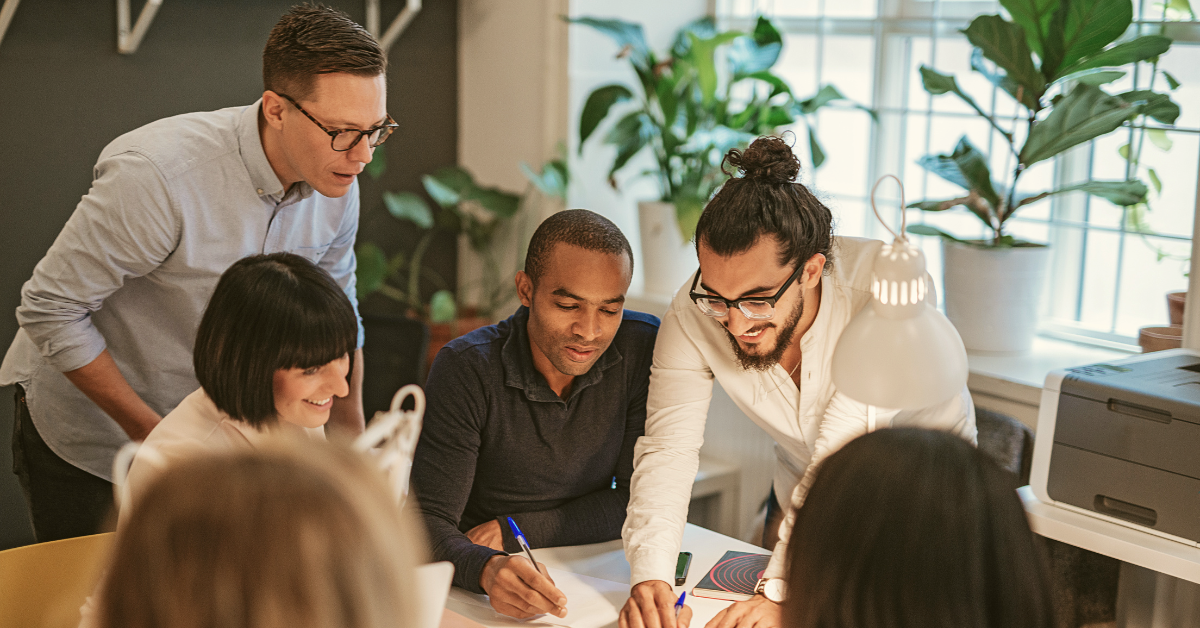Software testing is a crucial phase in the software development lifecycle that ensures that software is defect-free and aligns with user requirements. This process is both time-consuming and expensive. Using generative AI in software testing is an innovative approach to improving the efficiency and effectiveness of your testing processes.
Generative Artificial Intelligence (AI) is a rapidly advancing field with the potential to transform software testing. Further, it can automate test case generation, defect detection, and test data creation, thereby streamlining and enhancing the efficiency of software testing. In this article, we will explore how generative AI can be seamlessly integrated into a framework for modern software testing, highlighting the myriad benefits it brings to the table.
How Generative AI Enhances Software Testing
Generative AI introduces novel ways to augment software testing processes and uses various models to generate outputs. Text-to-text models take in natural language inputs and produce text outputs while text-to-task models are used to perform specific tasks based on text inputs.
Here is a framework to help you integrate generative AI into your software testing practices:
- Automatic Test Case Generation: Generative AI employs Machine Learning techniques to analyze the software’s code and behavior. It can automatically create comprehensive test cases encompassing positive and negative scenarios. Further, it explores the software, identifies potential test scenarios, and designs test cases with precision. This aids in meticulous testing while maximizing efficiency and test coverage leading to enhanced software quality. Moreover, generative AI reduces the manual effort required for test case design, especially for complex applications.
- Example: Generative AI can analyze the code of an e-commerce website and automatically generate test cases for various user scenarios such as searching for products, adding items to the cart, and processing payments. It covers positive scenarios (successful purchases) and negative scenarios (handling payment failures).
- Defect Detection Using Predictive Analytics: Generative AI leverages historical data and code analysis to predict possible defects. It can analyze code patterns associated with known defects, identifying potential issues early in the development and testing cycle. This enables proactive testing in high-risk areas, ensuring that critical issues are addressed in the early life cycle. Further, it can also analyze the automation test scripts for enhanced coverage and assertions on functionalities.
- Example: Generative AI analyzes the code history of a software application and predicts that a specific module is prone to defects. Testers focus their efforts on thoroughly testing this module, resulting in early discovery and resolution of issues.
- Test Data Generation: Generative AI ensures that tests are meaningful, and they deliver reliable results by generating realistic test data. Creating a wide range of test data in positive and negative scenarios improves test case reusability. This data is essential for testing various input scenarios and ensuring that the software functions correctly under different data conditions. With the growth of data-centric applications, the focus is on testing data quality, data integrity, and data privacy to ensure that data-driven decisions are reliable. Maintaining well-organized test environments with test data repositories ensures application stability.
- Example: For healthcare applications, generative AI can create patient data containing patient records with different medical conditions, medications, and treatment histories. This synthetic data is essential for testing the system’s data handling and processing capabilities.
- Test Automation: Automation of testing tasks through Generative AI frees up testers to concentrate on complex tasks such as test design and result analysis. Generative AI can create test scripts without manual coding. In a test framework, testers can leverage generative AI to modify or create test cases and can define test scenarios in a more natural language. Here, AI generates the corresponding test scripts. This empowers testers with varying levels of technical expertise to participate in test automation. The different stages will provide better stability for the application in future deployments.
- Example: A tester can describe a test scenario in plain language such as “simulate a user signing up for an account.” Generative AI then generates the test script with the necessary steps, inputs, and expected outcomes, making the automation process more accessible to testers.
Rigorous manual verification is required for responses or output provided by generative AI to reduce redundancy and improve the quality of output. There are instances where generative AI may misread the inputs leading to different outputs. Exact prompting and verification are essential in every stage to achieve the right goal.
Benefits of Utilizing Generative AI in Software Testing
Generative AI, a subset of Artificial Intelligence, is making waves in software development and testing phases offering numerous ways to enhance and streamline the testing process.
Here are some ways in which generative AI transforms software testing:
- Expanded Test Coverage: Generative AI’s thorough approach enhances test case creation enabling test coverage and identification of defects.
- Time, Cost Efficiency, and Reduced Manual Effort: Generative AI automates repetitive and time-consuming tasks involved in test case design and execution, allowing human testers to focus on higher-level tasks. Automating testing tasks through Generative AI reduces both the time and costs associated with the testing process.
- Adaptive Testing: When software updates are made, AI can adjust the test cases accordingly as per the tester’s instructions, ensuring that the tests remain relevant and up to date.
- Enhanced Productivity: With repetitive and time-consuming tasks being automated, testing teams can focus on more strategic and creative aspects of testing, allowing testers to focus on higher-level tasks and improving overall productivity.
- Exploratory Testing Support: Generative AI can assist human testers in exploratory testing by suggesting areas of interest, test paths, or input combinations, making the process more efficient and effective.
- Performance Testing Optimization: Generative AI can simulate a wide range of user behaviors and traffic conditions, helping to optimize performance testing and identify bottlenecks or scalability issues.
- Customized Testing Solutions: Generative AI can be trained to suit specific testing requirements and industry domains, making it adaptable to a wide range of applications and use cases.
While generative AI holds immense potential for enhancing software testing, it is important to note that it is not a complete replacement for human testers. Human oversight and domain expertise remain crucial for test strategy, test case validation, and making critical decisions. The synergy of human expertise and AI capabilities can lead to more efficient and effective software testing processes, ultimately delivering higher-quality software to end-users.
A Blueprint for Modern Software Testing
Software testing has experienced a remarkable transformation in recent times, driven by the rapid progress and innovations in technology, development methodologies, and the increasing complexity of software applications. To ensure the quality, excellence, and reliability of modern software, it is essential to adopt a well-defined testing strategy.
Crafting a modern software testing framework involves integrating generative AI to harness its benefits.
- Generative AI Engine: Develop an AI engine capable of automatically generating test cases, pinpointing defects, and creating test data.
- Test Management System: Implement a system to store and track test cases, defects, and test results.
- Reporting System: Incorporate a reporting system that generates comprehensive reports detailing testing outcomes.
- Testers Team: Maintain a team of testers responsible for test design, results analysis, and defect resolution.
Conclusion
By adhering to the modern software testing blueprint, organizations can deliver improved quality software that meets user expectations, operates securely, and adapts to the rapidly changing technological landscape. Testing is not merely a phase, but an ongoing, integral part of the software development journey.
Generative AI emerges as a potent force capable of boosting the efficacy and efficiency of software testing. By incorporating generative AI into the modern testing framework, organizations can elevate software quality while minimizing the time and costs associated with testing. This innovative approach is a stride toward the near future of software testing, where AI-driven processes enhance the software development lifecycle.
Milestone offers best-in-class software testing services for customers to help them improve their software quality. If you have any queries regarding our services, feel free to drop us a mail at itsolutions@milestone.tech.




